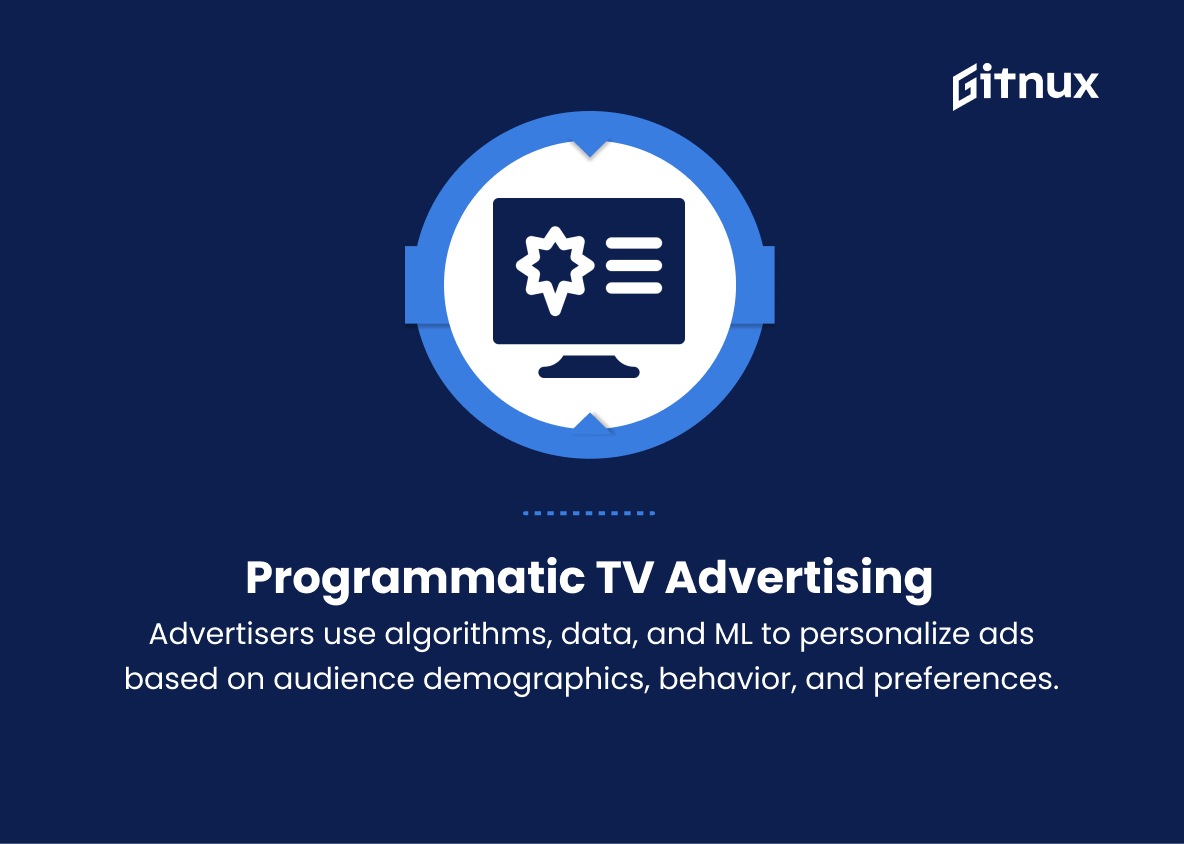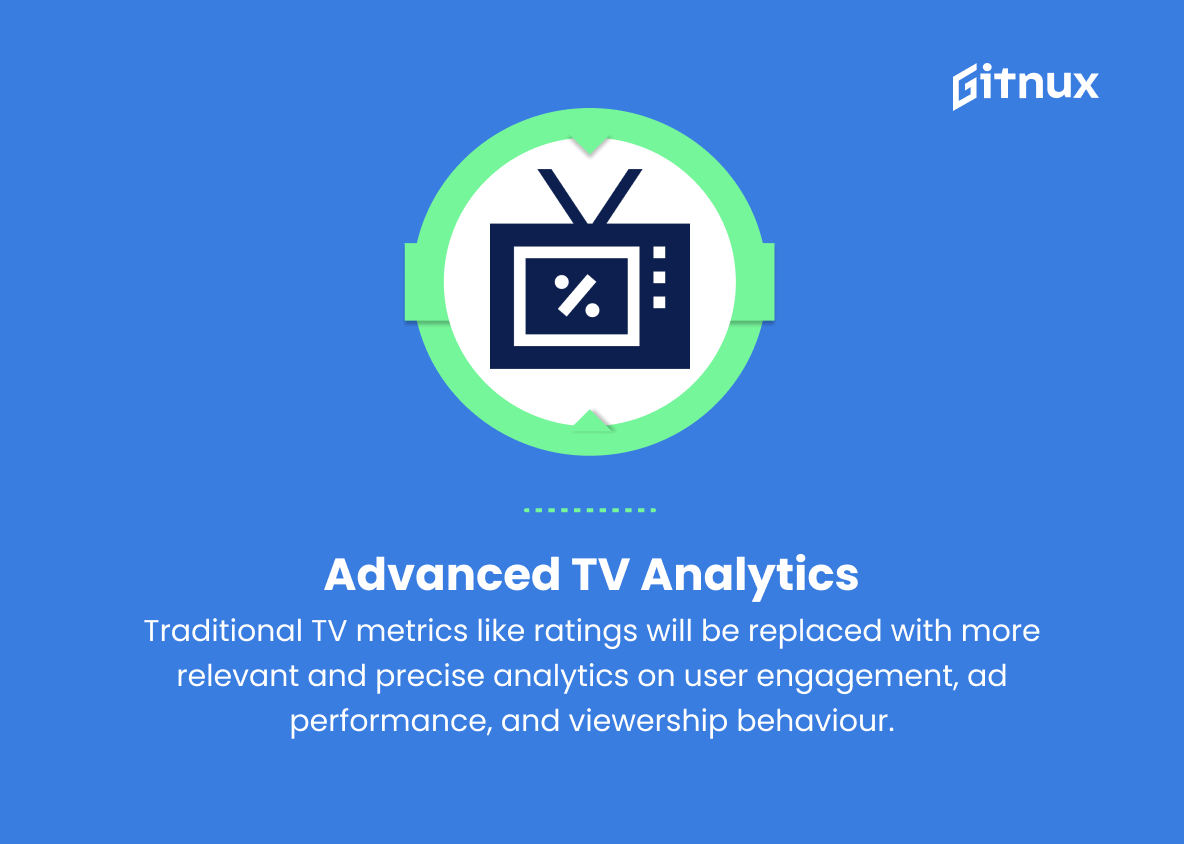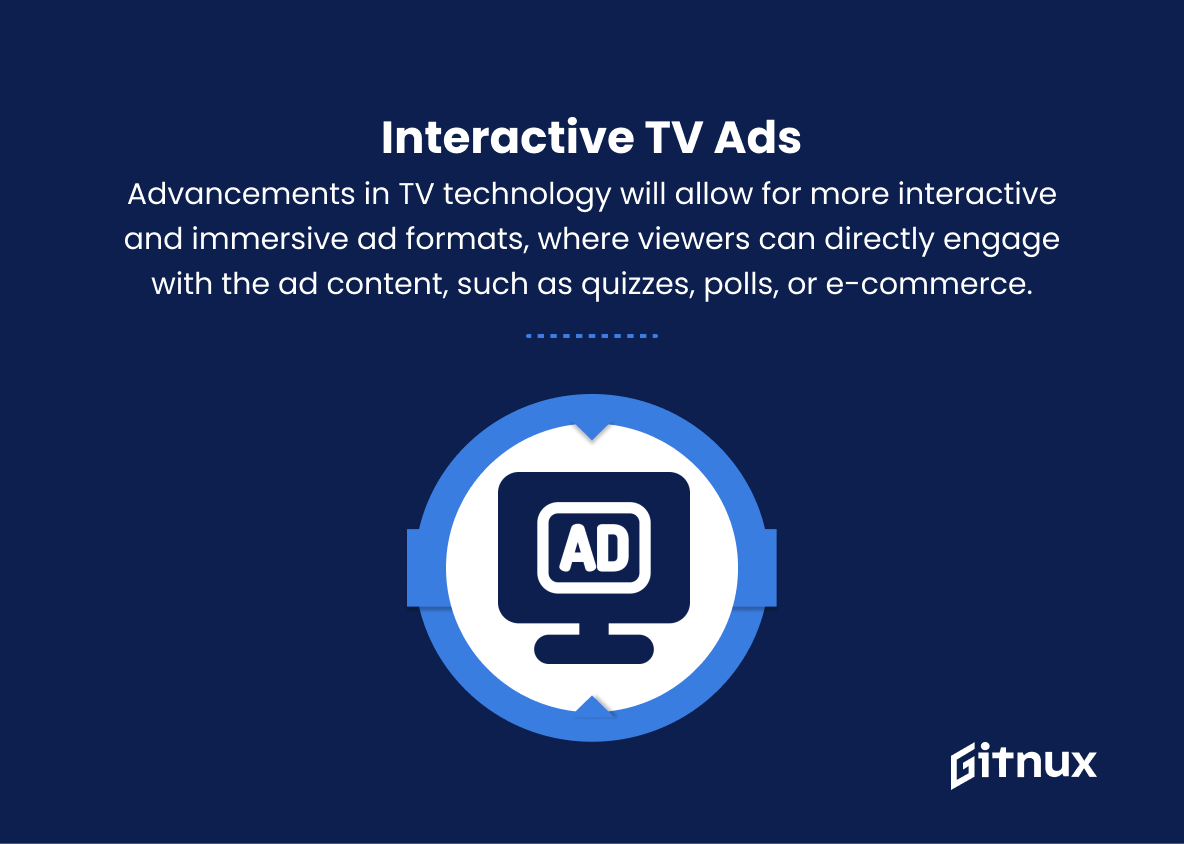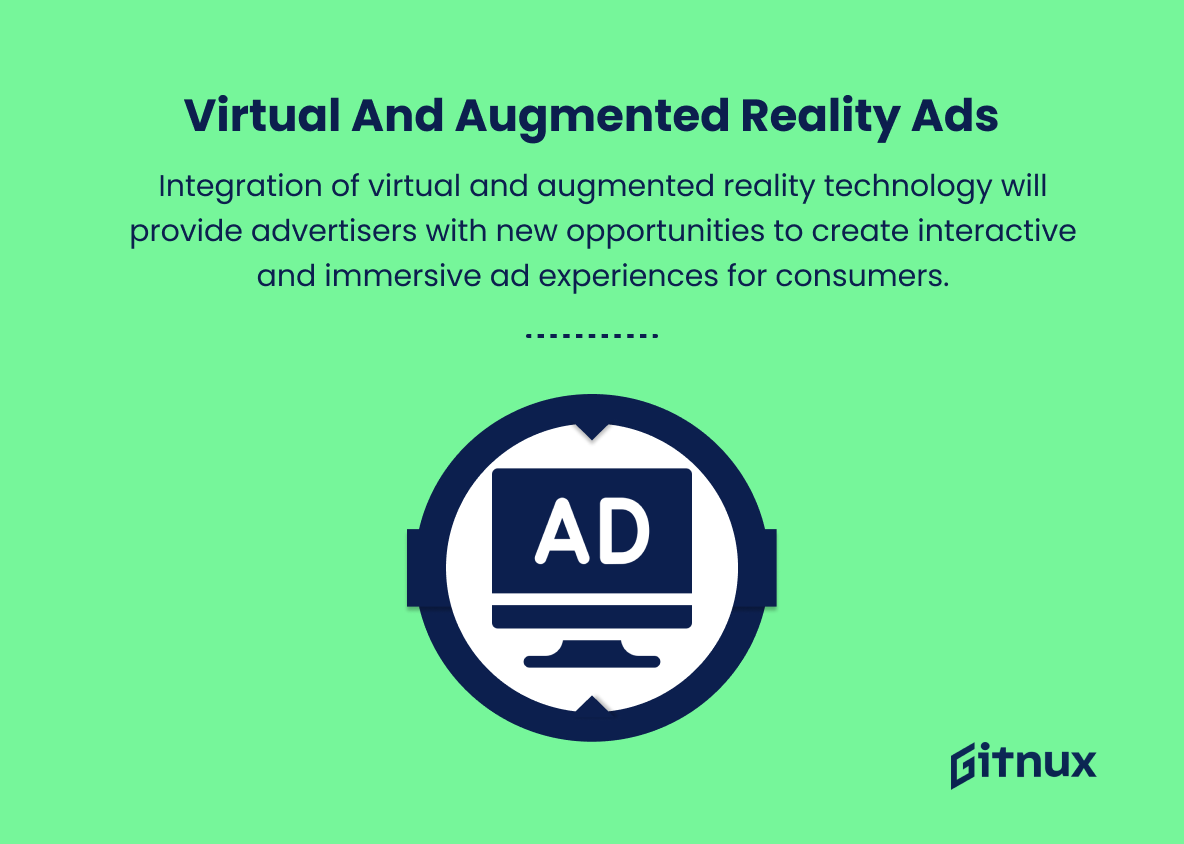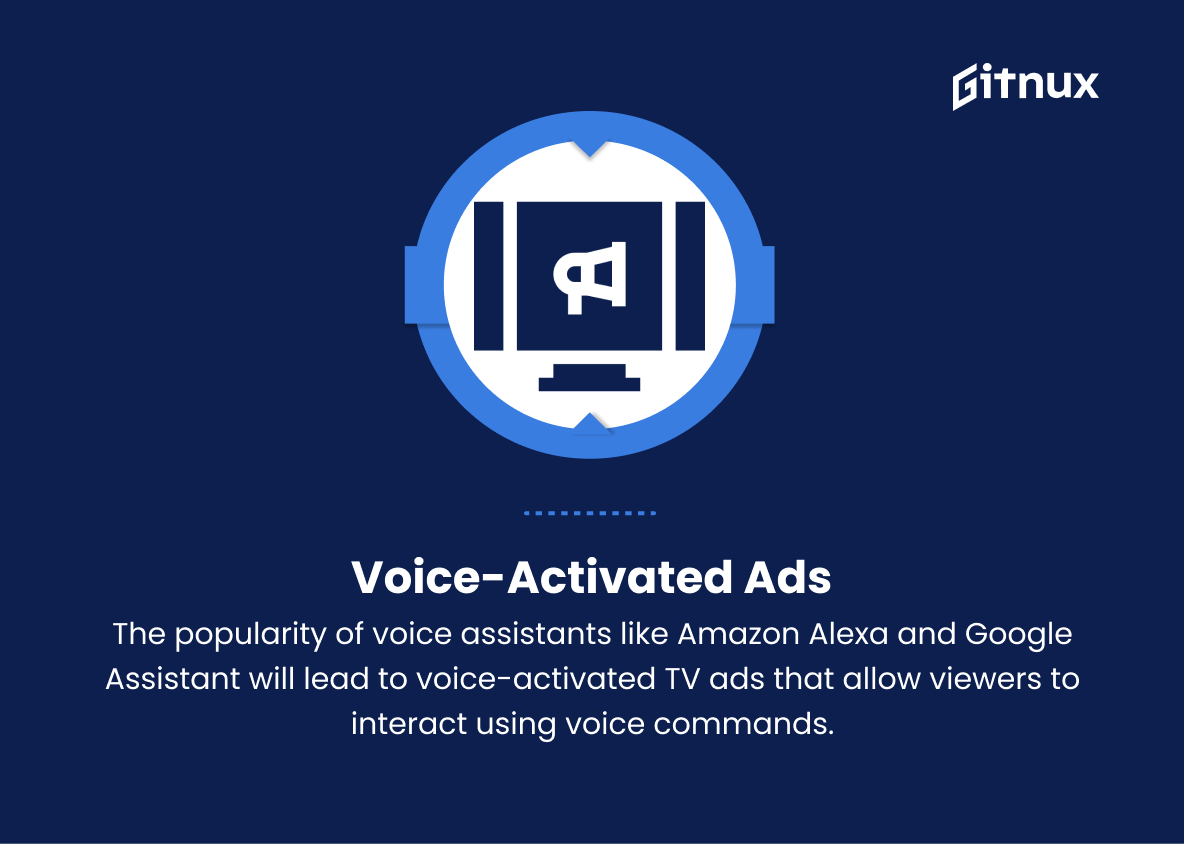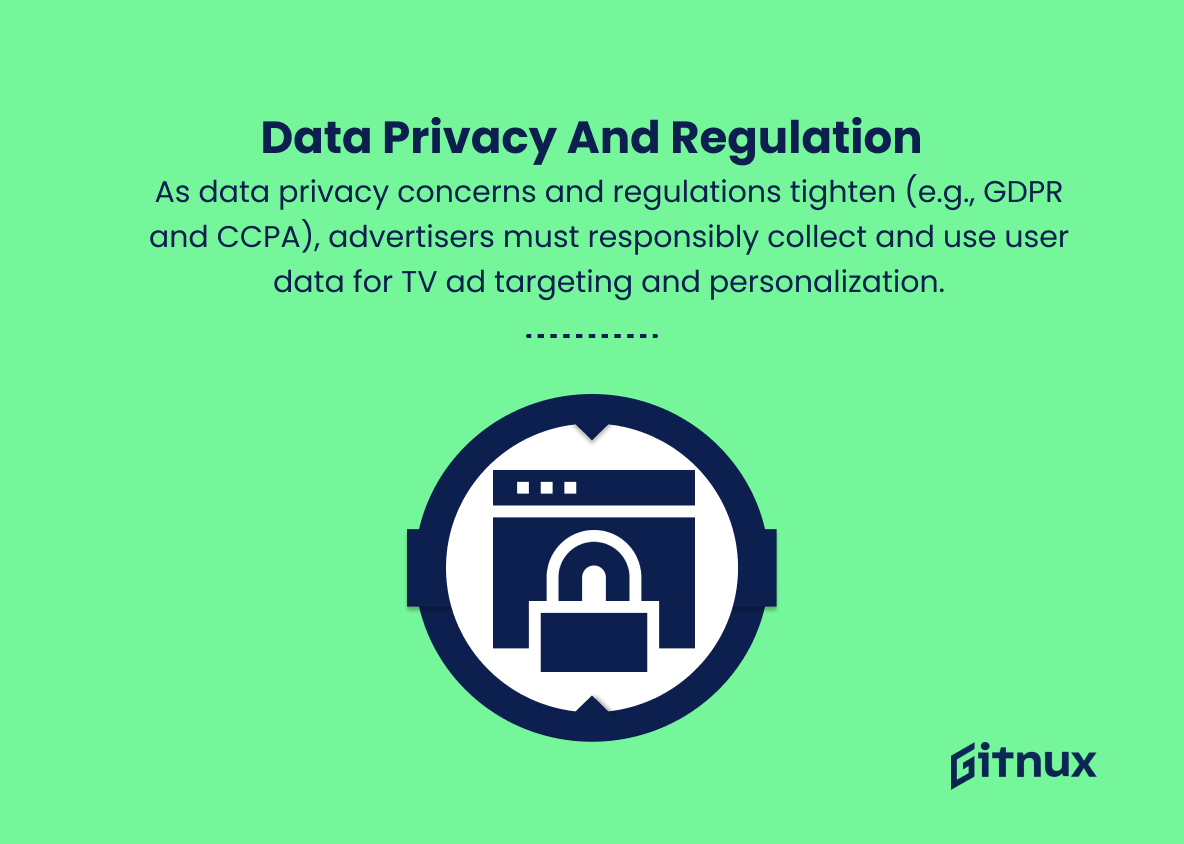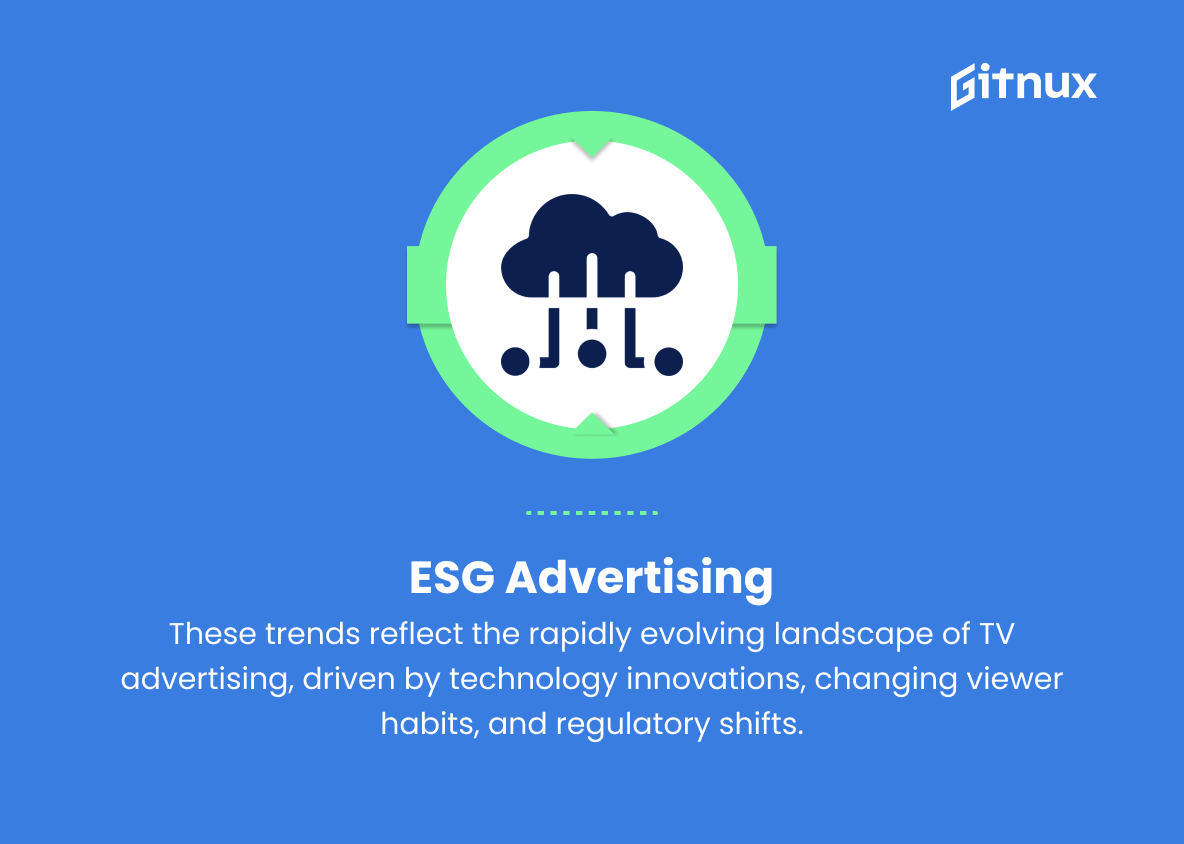In today’s rapidly evolving media landscape, TV advertising continues to hold a significant position in the marketing mix. As audiences become more diversified and technology advances at a breakneck pace, it has become imperative for marketers to stay updated on the latest TV advertising trends.
In this blog post, we will delve into the realm of television commercials, examining emerging patterns, innovative strategies, and data-driven insights that are shaping the future of this powerful medium. With a critical outlook, we will explore the important factors that are influencing not only how brands communicate with their target audience, but also the ways in which viewers consume content in the ever-changing TV ecosystem.
Top TV Advertising Trends
1. Programmatic TV Advertising
Advertisers will use advanced algorithms, data, and machine learning to personalize and target ads based on audience demographics, behaviour, and preferences.
2. OTT (Over-the-Top) Advertising
Advertising on streaming platforms like Netflix, Hulu, and Amazon Prime will continue to grow as more people shift from traditional TV to streaming services.
3. Advanced TV Analytics
Traditional TV metrics like ratings will be replaced with more relevant and precise analytics on user engagement, ad performance, and viewership behaviour.
4. Interactive TV Ads
Advancements in TV technology will allow for more interactive and immersive ad formats, where viewers can directly engage with the ad content, such as quizzes, polls, or e-commerce.
5. Addressable TV Advertising
Companies will be able to deliver different ads to different households simultaneously, based on users’ interests and preferences.
6. Cross-Platform Advertising
Advertisers will create campaigns that run seamlessly across multiple platforms, including TV, online, and social media, to reach a wider audience and create a unified brand experience.
7. 5G and 8K TV Advertising
The development of faster 5G networks and 8K TVs will enable even higher-quality, more immersive ad experiences with richer visuals and faster streaming.
8. Virtual and Augmented Reality Ads
Integration of virtual and augmented reality technology will provide advertisers with new opportunities to create interactive and immersive ad experiences for consumers.
9. Brand Partnerships and Content Integration
Native advertising and content marketing will remain popular, with more brands partnering with TV shows and creating integrated ad experiences within the show’s storyline.
10. AI-Powered Ad Creation
AI technologies will continue to revolutionize ad production, allowing for quicker creative iterations and real-time optimization based on performance data.
11. Social TV Advertising
Advertisers will increasingly tap into social media platforms for TV ad campaigns, leveraging user-generated content, influencer marketing, and live-streaming to reach younger and more digitally savvy audiences.
12. Shoppable TV Ads
E-commerce integration within TV ads will enable viewers to purchase products featured in commercials directly from their TV screen or companion app in real time.
13. Voice-Activated Ads
The growing popularity of voice assistants like Amazon Alexa and Google Assistant will lead to the development of voice-activated TV ads that allow viewers to interact with the ad using voice commands.
14. Data Privacy and Regulation
As data privacy concerns and regulations like GDPR and CCPA tighten, advertisers will need to ensure that they are responsibly collecting and using user data for TV ad targeting and personalization.
15. Environmental, Social, and Governance (ESG) Advertising
More brands will create ads that promote their commitment to environmental protection, social justice, and ethical business practices, aligning with consumer values and addressing societal issues.
These trends reflect the rapidly evolving landscape of TV advertising, driven by technology innovations, changing viewer habits, and regulatory shifts.
Implications
The future of TV advertising is set to be transformed by a wide range of emerging trends, with technological advancements and shifting viewer preferences revolutionizing the industry.
The rise of programmatic advertising, OTT platforms, and advanced TV analytics will enable advertisers to deliver much more personalized and targeted ads, while interactive formats will serve to boost user engagement. Addressable advertising, cross-platform campaigns, 5G networks, and 8K resolution will facilitate the development of immersive ad experiences, with virtual and augmented reality technology further enhancing viewer interaction.
Brand partnerships and AI-powered ad creation will strengthen advertisers’ capabilities, while social media integration, shoppable ads, and voice-activated ads will appeal to increasingly digitally-savvy audiences. As data privacy and ESG concerns intensify, advertisers must prioritize responsible and ethical practices.
These diverse trends promise a more efficient, engaging, and personalized future for TV advertising, further blurring the lines between traditional TV and the digital world.
Conclusion
In summary, TV advertising trends have undergone significant transformations as technology advancements and consumer behaviours continue to evolve. Advertisers can no longer rely on traditional TV commercials to reach their target audiences effectively. Instead, they must adapt to the dynamic landscape by embracing new strategies, such as addressable and programmatic advertising, interactive commercials, and cross-platform campaigns.
By staying informed about these emerging trends and capitalizing on the strengths of each chosen platform, advertisers can ensure their messages connect with their intended viewers, forging a stronger bond with consumers in this highly competitive marketplace.
